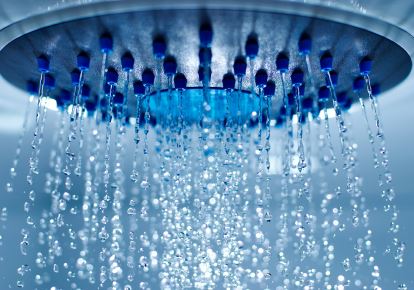
Nothing feels as good as stepping into a hot shower on a cold morning. The warmth runs over your skin. The pressure is just enough to invigorate you for your day ahead.
So why would you ever mess with perfection and install a low flow showerhead instead?
There are myths that surround the concept of low flow fixtures. Sure, they save water. But that definitely comes with a price.
According to the EPA, showering is one of the leading ways we use water within our homes, accounting for nearly 17 percent of our residential indoor usage. And because it consumes a large percentage of it, different organizations have begun passing legislation to limit showerhead standards. Water usage has quickly dropped in many states around the country from as much as 8 gallons a minute or more, down to 2.0, even 1.8 gallons per minute and below.
Saving water is great; but what about the feel of the shower?
As manufacturers work to limit the amount of water running from a fixture, they also work hard to change the way the fixture flows. If you’ve had issues with showerheads not providing enough pressure before, it’s time to relook at what’s on the market today. The first regulators weren’t designed to deliver widespread coverage. Today, even the ever-popular rain showers meet EPA guidance.
Flow is affected by water pressure. It’s the fixture’s job to regulate the flow and control how its delivered.
Studies have shown that with the right regulator in place, you shouldn’t feel a difference from a higher pressure counterpart. The delivery should be equally as good. And considering a low flow regulator can save as much as 800 gallons of water per month or more, it’s worth the effort.
Need help in changing out the fixtures around your house and making them low flow? We can help.

